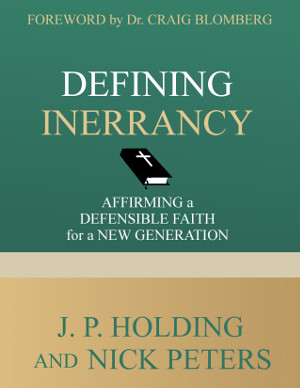An account of the Battle of Hastings has an interesting parallel to Biblical studies and such things as how I explain the death of Judas (Link 1 below) and differences in Gospel accounts.
For background, this battle on British soil in 1066 was the one where William the Conqueror kicked up the armies of King Harold. There is a sewing project called the Bayeaux Tapestry that depicts in a sort of cartoon format how the battle went. It is dated to about 10 years after the battle, and there are written accounts later than that.
Our subject of interest is a part of the tapestry that specifically says it depicts the death of Harold. The picture shows a man on the left of the picture with an arrow in his eye; then, to the right, the same man from the looks of it is being cut down by a rider with a sword.
The issue? As one site puts it:
It is very doubtful if Harold was shot in the eye with an arrow from over the ranks of his front line. He was probably run through by William's lance, accompanied by three others who were in at the kill, and who savaged him brutally.
And herein lies an interesting parallel. The historical method is followed here; a practical improbability is cited as a reason why the tapestry cannot be accurate. It is also added that later written accounts do not mention this death blow. What have been the solutions to this?
- Some have thought that maybe the man with the arrow in his eye was not Harold but one of his retainers. But this is refuted by the fact that the man they do identify as Harold also was depicted with an arrow in his eye at one time; the tapestry shows that the holes for the thread are still present.
It ended up being wrong, but note that an answer like this is in principle no different from typical harmonizations and solutions advanced for Biblical difficulties. Who would have patience with someone who tried to argue that people who suggested this answer were just "trying to preserve the inerrancy of the Bayeaux Tapestry" or were "assuming that the tapestry was accurate in order to prove that it was accurate"?
- Another idea is that these is historical confusion. A site and Link 2 below notes that there was a suggestion that Harold's death was confused with that of another "Harold" from Norway, who invaded about the same time and was killed by an arrow to the throat.
- Then we have the answer similar to the one we have about Judas, advanced by one other site in a lesser form and more specifically on a History Channel special I once saw on this subject: The tapestry does not mean to literally report that Harold received an arrow to the eye, but rather, the arrow is meant as a subtle allegory: "For all his earlier sins, including murder, Harold had to be punished, literally 'an eye for an eye'." The site linked above takes this further, supposing that this "in the eye" punishment became an official court version.
In all of this our point to be made is that the sort of answers that are produced to resolve Biblical "contradictions" have their parallels in secular historical work. It is unreasonable to pretend that something new or innovative is being done when we suggest looking at the reports of the Bible through different lenses, particuarly those of ancient writers of narrative.
-JPH

